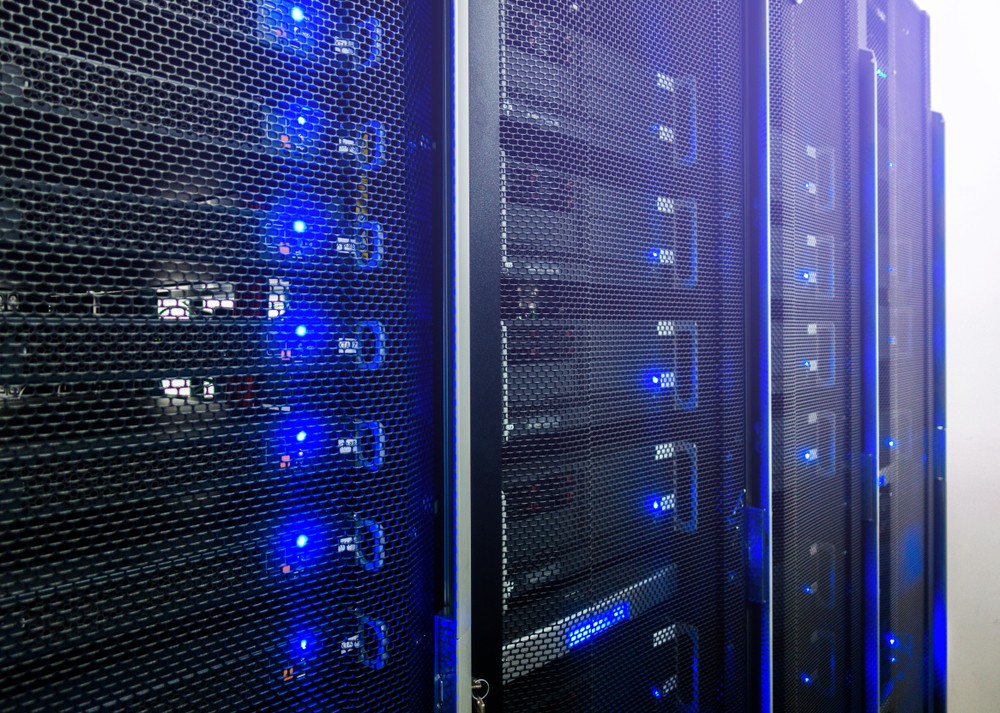Aiming for a safe mobility environment
Traffic situations deviating from the usual constitute a significant road safety risk. At present, the automatic monitoring of traffic anomalies tends to be based on camera surveillance, and the most sophisticated solutions focus mainly on the security of tunnels. Currently, artificial intelligence and sensor data systems are not widely used for real-time monitoring of traffic disturbances. Data analysis systems using sensor fusion and artificial intelligence can now provide new opportunities for traffic management centers to obtain a richer real-time view of road conditions and disruptions as they occur.
Traffic congestion at Ring 1 as a test environment
The experiment was carried out at the Mestarintunneli tunnel in Leppävaara, Espoo. Alongside camera surveillance, LiDAR sensors were installed in the tunnel. Compared to traffic camera footage, LiDAR technology has the advantage of being reliable in different lighting conditions, including low light environments. The desired solution was to detect, for example, stalled vehicles and other disturbances such as people or animals on the road.
The project had a lot of data at its disposal, collected from the normal traffic flow. However, the number of abnormal situations during the measurement period was small, which made it more difficult to develop an artificial intelligence solution.
“In order to model traffic flows, we decided to build a tailored machine learning model based on sensor fusion, and one that also recognizes traffic anomalies by comparing them with the normal traffic model. This approach shows that even a smaller set of observations can be used to build virtually functional artificial intelligence solutions,” says Ari Rantanen, Chief Data Scientist, Data Driven Businesses at Tieto.
“Automatic recognition of traffic disturbances is a key requirement for a secure road network. Based on current functional requirements, the most cost-effective system has been traffic camera surveillance with a built-in disturbance detection system. However, we are constantly monitoring the market and introducing new technologies to seek new opportunities and cost-effectiveness,” says Senior Officer Kalle Ruottinen from the Finnish Transport Agency.
Artificial Intelligence provides real-time traffic information
The project showed that automated analysis of traffic flows can produce new, near real-time information for different stakeholder needs without significant investments in sensors. In addition to analyzing traffic flows, sensor fusion intelligence enables a number of other uses, such as forecasting traffic disruptions and assisting traffic management.




